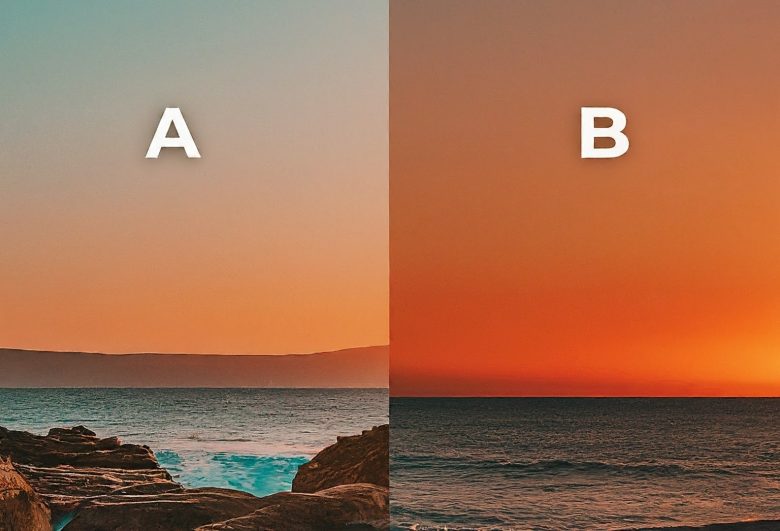In the digital world, everything (or almost everything) is measurable. And if it’s measurable, it can be optimized. That’s why different types of tests or experiments allow us to decide on the best design for our landing pages, based on empirical data. And this data consists of nothing more or less than user interactions with our digital assets. Experiments involve creating an environment where an audience is divided equally (or in the proportion we prefer) into different versions of a landing page to evaluate which version performs better.

A/B tests are the most “famous” in the digital marketing world because they are simple and straightforward: we create two versions by varying one element of the page, exposing them to an equal number of users from our target audience. After a predetermined period in which we collect sufficient data volume, we obtain results and draw conclusions. The “winning” landing page is the one we use moving forward in that campaign or future ones. We gain insights into which one worked better. We can vary the main image, the text on the call to action, or the button color. There’s something for every taste. The important thing in this type of test is to vary only one element.
Now, how do we do this? There are several tools on the market that, using JavaScript code, perform this noble task. For many years, Google provided us with a free tool: Google Optimize (previously this functionality was available in Google Analytics). But nothing lasts forever, and in the second half of 2023, Google “discontinued” this free tool to focus on providing value in new functionalities for the Google Analytics platform. Many users felt “orphaned” and went out to search for new tools to continue conducting experiments for our clients. Until we found VWO.
VWO is a comprehensive tool for optimizing digital experience and conversions. It serves to:
- Conduct experiments (A/B testing on landing pages and mobile applications, Multivariate Testing, URL Redirection Tests),
- Make “observations” of user navigation (Analyze purchase funnels, HeatMaps, Session recordings, analyze interaction with forms).
- Conduct “Surveys” or polls of users visiting our landing pages.
The interface in VWO for creating experiments is very intuitive and can be set up in a few minutes. What requires some more advanced knowledge is the configuration of conversions, which is generally done through Google Tag Manager, aligning these experiment conversions with existing ones to send data to Google Analytics and advertising platforms such as Google Ads and Meta.
VWO provides us with partial information immediately, where we can see the evolution of predictive indicators and conversion rate metrics for each version of the experiment, until we reach a “winning” version, which will be the one we leave as the definitive version of our landing page. The insights gained from this experimentation practice will also serve us in the design of new landing pages, for example, the placement of the form, download buttons, or its length. The same goes for creating “observations” or surveys; in a few steps, we can create analysis cases and start receiving data immediately.
Our agency, Resultics, has developed a partnership with VWO based on our successful experience using the tool, allowing us to have all the support and advice resources for our clients.
Want to learn more? Contact us!